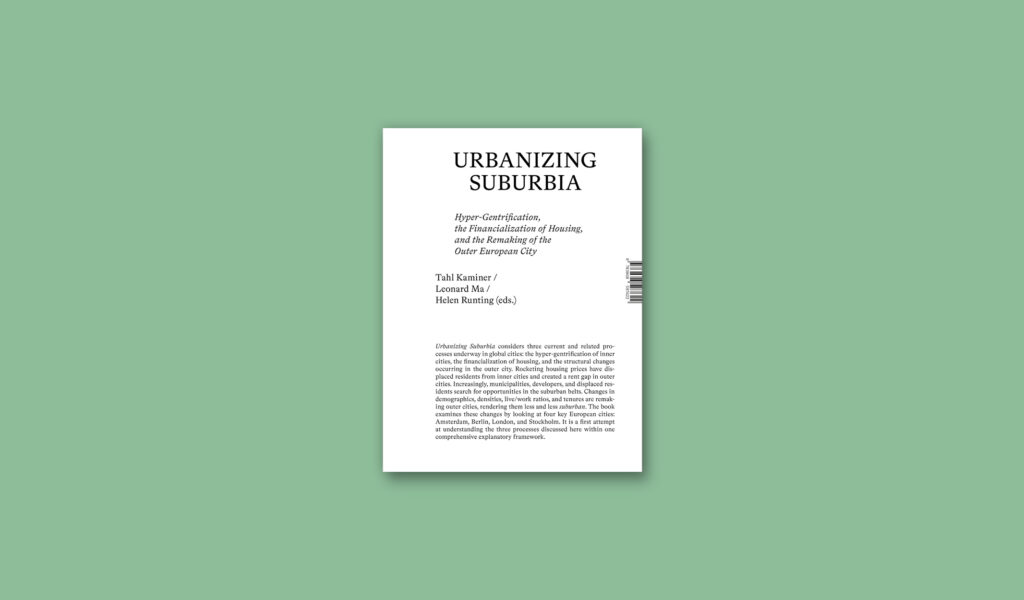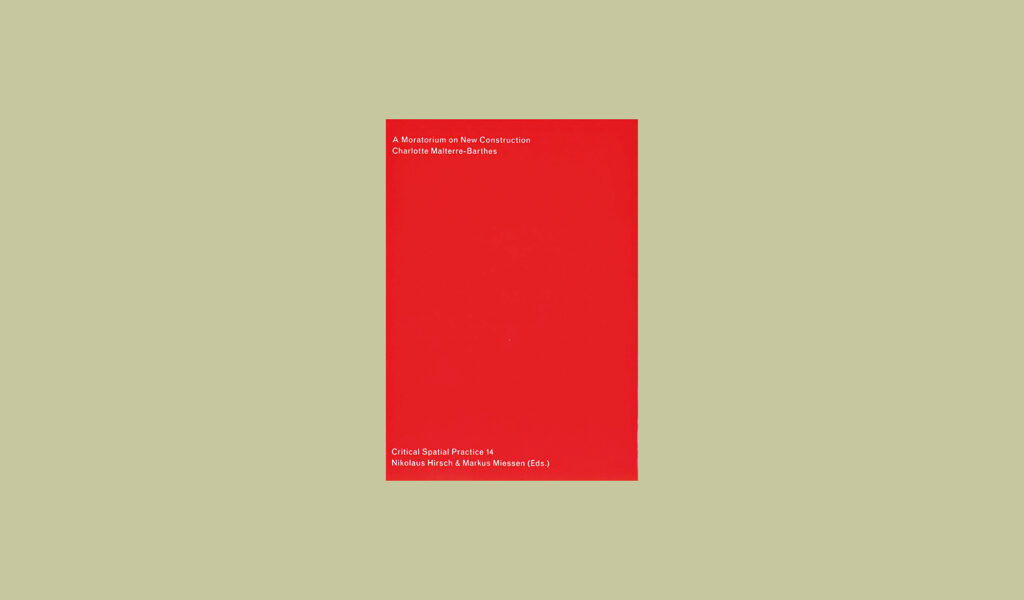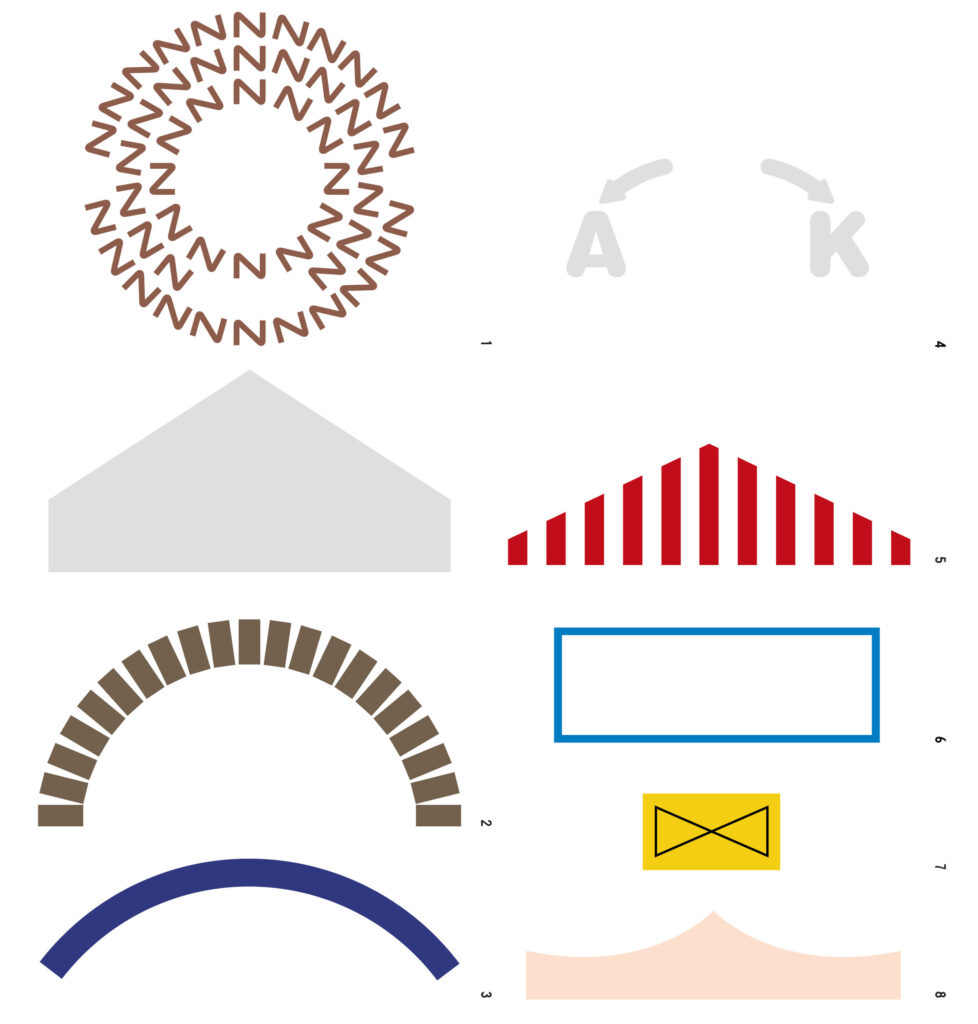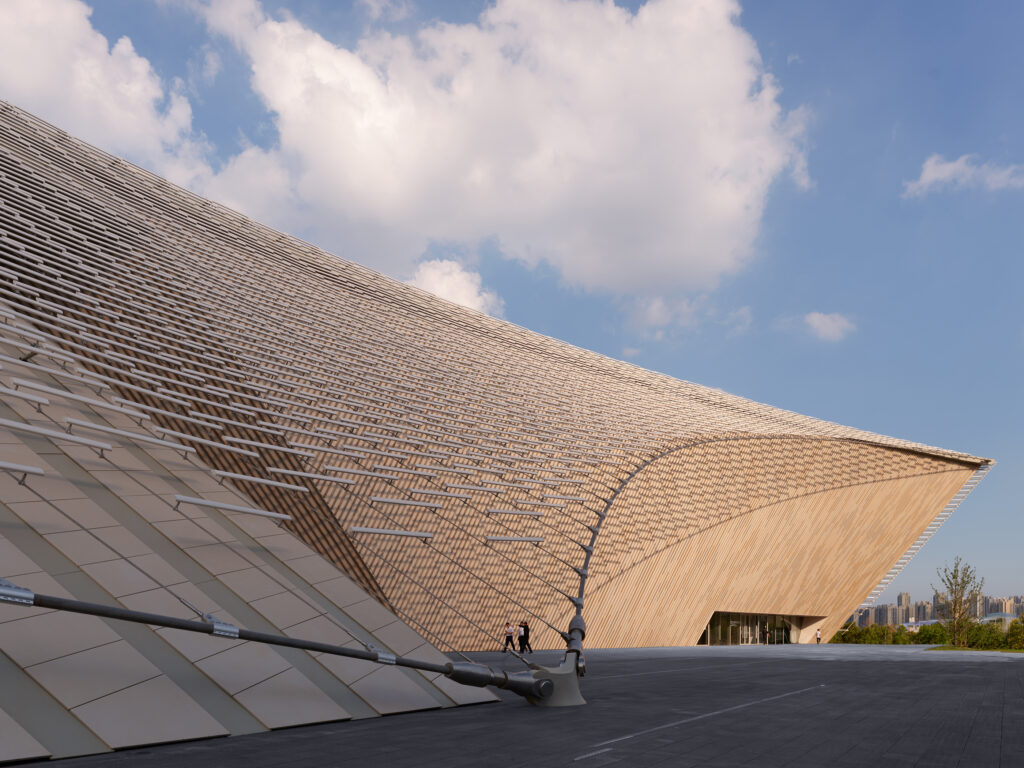Suburbia, Nothing But Trouble?
Models for a more urban suburb have been sought in a number of directions for half a century already – with varying results.
Reading the news can easily lead to the impression that suburban areas are nothing but trouble – they are either hotbeds of marginalisation, street gangs and disrepair or, alternatively, a breeding ground for blandness, conformity and a car-centric lifestyle. The reality, however, is much more complex. Suburbs are home to the majority of Finns, and they include everything from idyllic garden districts and multicultural communities to dreary business parks and logistics centres.
Suburbia has likely been viewed as problematic for as long as suburbs have existed, which is to say from the dawn of urban culture. An illuminating example of such an attitude is found in a crushing review from 1924 by the then City of Vyborg town planner Otto-Iivari Meurman regarding a settlement that had sprung up without municipal guidance in the fringes of his hometown: “It is truly disheartening to witness the devastation of a once beautiful terrain and landscape by such unorganised construction and the mindless waste of money and materials to cobble together the ugliest and most impractical eyesores of houses.” Today, this type of spontaneously created, picturesque milieu would no doubt be regarded as an idyll on a par with the Pispala district in Tampere.
As a solution to the suburban issue, Meurman proposed the concept of neighbourhood units, which he adopted from Great Britain in the 1940s and which he thought would guarantee healthy living conditions for all social classes. This led to the emergence of the so-called forest suburbs that are highly regarded today for their closeness to nature, but ended up in the firing line of young architects and urban planners in the 1960s for “anti-urban romanticism and an ambiguous conception of space”, as the editor-in-chief of this very journal, Kirmo Mikkola, worded it in 1967.
Models for a more urban suburb have ever since been sought in a number of directions. In this issue, researchers at Tampere University introduce us to the Asuma 2.0 project that has studied the potential of the low-rise and medium-density concept that was set aside for a time amidst the rise of New Urbanism. Another topical research project, Elonkirjon kaupunki, proposes informally created alternative urban plans as a means to tackle the shortcomings of both official participation processes and urban activism. In a photo essay, architect Johanna Brummer and photographer Henri Salonen reflect on the identity Espoo, Finland’s second largest city, which is characterised by a fragmented and rapidly transforming urban structure.
Suburbs include everything from idyllic garden districts and multicultural communities to dreary business parks and logistics centres.
One consequence of the suburban criticism that originated in the 1960s is a series of suburban reforms spanning half a century, with varying results. Attempts have been made to solve the perceived flaws through a wide assortment of remedies ranging from infill construction and energy efficiency upgrades to adding visual stimuli. The trend in recent years has been a “renewal by demolition”, which was, for decades, a popular means for many countries to get rid of problem neighbourhoods. Here in Finland, however, we now find ourselves falling behind because the tide has turned some time ago and the world has been steadily moving towards the repair and upgrading of existing building stock, led by the guiding light of the award-winning projects by French office Lacaton & Vassal. The design competition for the Meri-Rastila Multipurpose Building, which is introduced in the supplement to this issue, is a promising signal of changing attitudes in our country as well. We also asked the urban planners of the largest cities in Finland to describe the principles that are followed in suburban development across the country. In addition, this issue includes a look into three ongoing Nordic suburban reforms. The projects span from demolition and infill construction to the enhancement of urban spaces and more subtle additions.
Throughout history, the suburban fringe has been where planners have placed functions that do not fit into a densely-built urban area, such as military garrisons, hospitals, graveyards and industrial facilities. For a number of architects, it has also presented a potential experimentation field for new typologies and a new breed of urbanism. The projects featured in this issue demonstrate the wide range of today’s suburban development. Even in the suburbs, the densification of the urban structure is encroaching on the natural environment, but the Hatsinanpuisto Park in Espoo’s Leppävaara attests to the fact that urban spaces with vivid natural experiences can be created in spite of challenging baseline conditions. The pair of point-access blocks completed in Espoo’s Haukilahti district, then, stands to remind us of the strengths of this sometimes shunned typology, while the Vuosaari Bioenergy Heating Plant in eastern Helsinki continues the heroic tradition of Finnish power plant architecture.
The Lapland Central Hospital Extension in Rovaniemi and the Maatulli School in northern Helsinki speak to the strengths of the competition institution – the former introduces a new take on hospital design, which has long fallen into the hands of a select few in Finland, while the latter brought in a Copenhagen-based duo of young architects that the City of Helsinki took a chance on, giving them the opportunity to bring their architectural vision to life in collaboration with a local office. ↙




